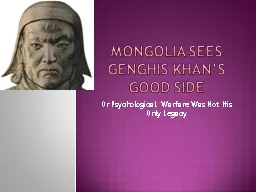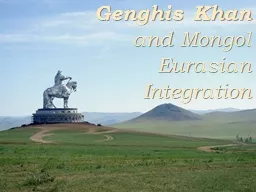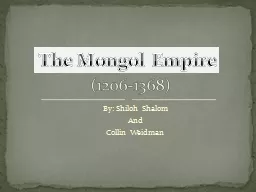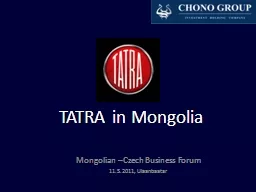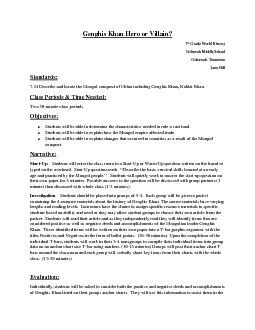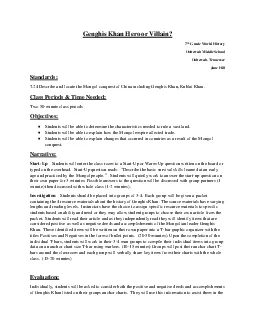PPT-Mongolia Sees Genghis Khan’s Good Side
Author : myesha-ticknor | Published Date : 2018-02-13
Or Psychological Warfare Was Not His Only Legacy Mongolia Sees Genghis Khans Good Side An Article from the New York Times By Jehangir S Pocha Published Tuesday
Presentation Embed Code
Download Presentation
Download Presentation The PPT/PDF document "Mongolia Sees Genghis Khan’s Good Side" is the property of its rightful owner. Permission is granted to download and print the materials on this website for personal, non-commercial use only, and to display it on your personal computer provided you do not modify the materials and that you retain all copyright notices contained in the materials. By downloading content from our website, you accept the terms of this agreement.
Mongolia Sees Genghis Khan’s Good Side: Transcript
Download Rules Of Document
"Mongolia Sees Genghis Khan’s Good Side"The content belongs to its owner. You may download and print it for personal use, without modification, and keep all copyright notices. By downloading, you agree to these terms.
Related Documents

